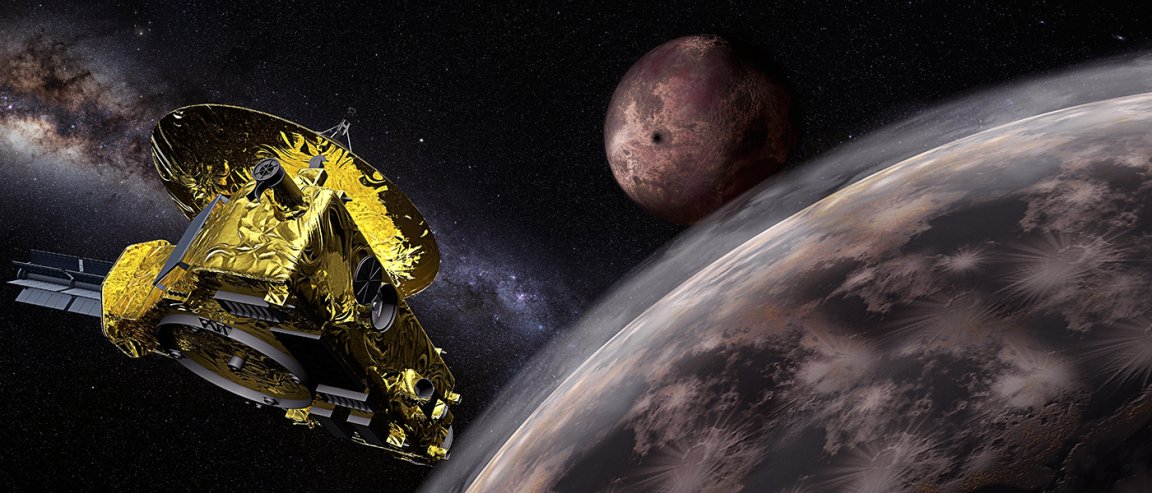
Do Space Probes Dream of Electric Sheep?
NASA’s Pluto probe, New Horizons, has been hard at work for the past 852 days and has earned its epic five-month-long nap that just began on Monday, April 10. Imagine working for almost two-and-a-half years straight — you’d welcome a bit of hibernation yourself.
The period of rest is meant to reduce wear and tear and allow for the allocation of resources, such as funds and personnel, to other NASA missions. According to New Horizons mission operations manager Alice Bowman in a news release, “We’re looking forward [to] taking advantage of the reduced mission operations workload during this hibernation, as well as one early next year, to plan much of the MU69 flyby.”
The hibernation will continue until September 11. At that point, the extended New Horizons mission begins its next leg, which will focus on observing objects in the Kuiper Belt.
Peeking at Pluto
New Horizons has been an invaluable contributor to NASA’s space exploration initiative. Since the mission’s launch in January 2006, it has helped the space agency meet its goal to “explore the mysterious, icy worlds at the edge of our solar system and tell us about the origin and evolution of our planetary neighbors.”

Alan Stern, the head of the mission, shared some inspiring words on the goals of the New Horizons mission in an interview with Futurism:
Beyond the obvious — that we’re creating new knowledge — we create a greater society. We do something which is, in the case of great exploration, historic. It’s something people read about, not just days and weeks later, but decades and centuries later. It makes a mark for our time of what we aspire to be, which is a greater society.
New Horizons is bringing us closer to that greater society. Learning more about the farthest reaches of our solar system will help us understand our place here in the Universe.